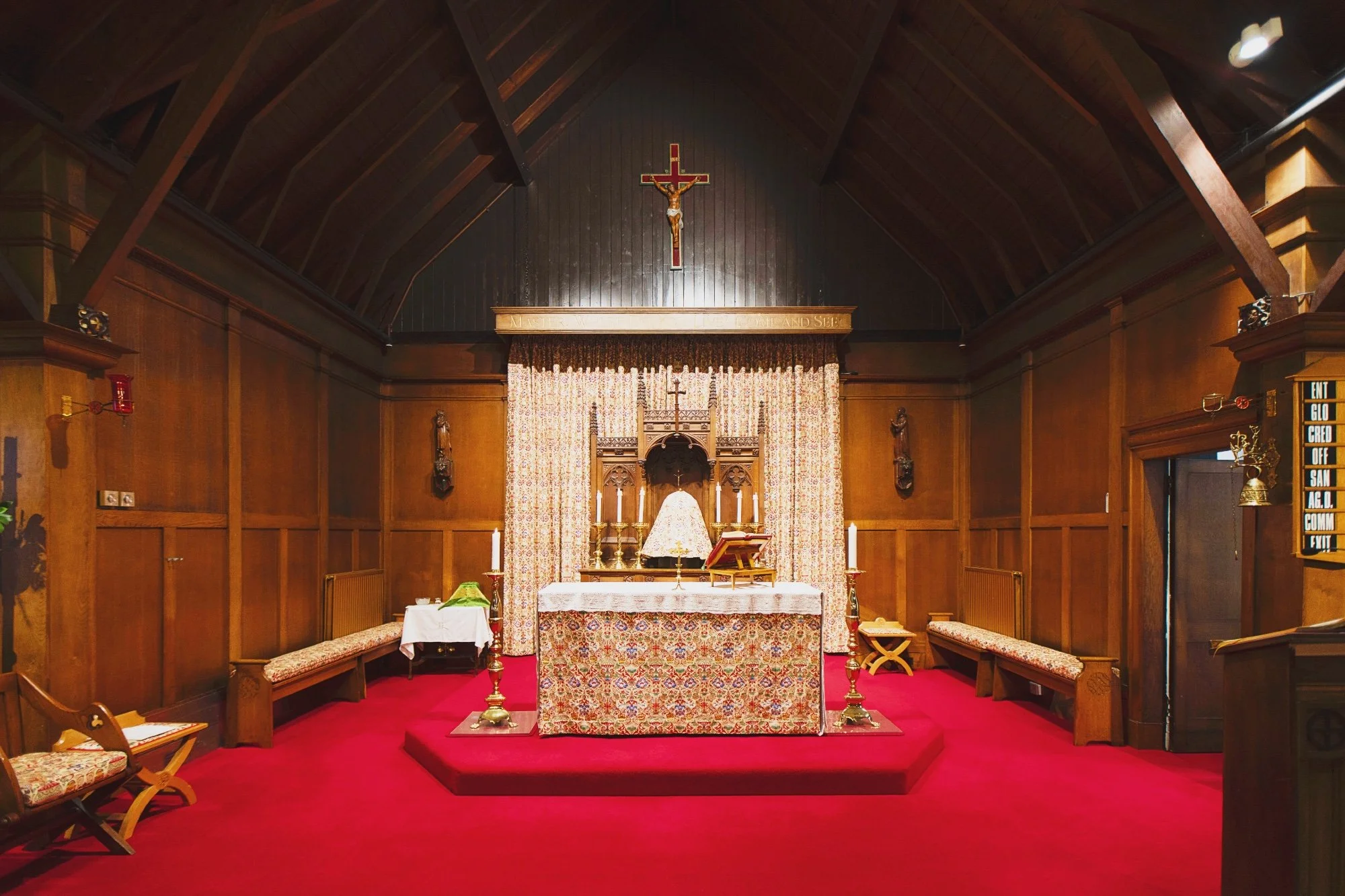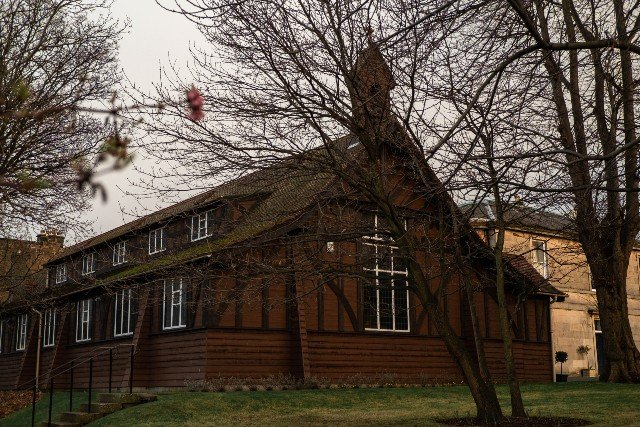St Andrew’s Ravelston Altar, 2025
Ravelston through the Ages
At the turn of the 19th century, Edinburgh was expanding westwards. The completion of Telford’s Dean Bridge was having its effect on transport and communications bringing with it new opportunities for housing and other development.
The population of the city at that time was around 300,000 and there were more than 200 churches and at least 80 ‘missions’. Every denomination was represented and there were missions for individual groupings such as cabmen, Irish Roman Catholics, navvies and fallen women. There were, however, just five Catholic churches in the city, one in Leith and one in Portobello. The Catholic residents of the West End, Stockbridge, Roseburn, Haymarket, Comely Bank and the new Ravelston area had, therefore, a two mile journey to their nearest churches: St Mary’s Cathedral or St Cuthbert’s, Slateford.
Archbishop James A. Smith was approached to open a new mission to serve the west end of the city, and when a mansion house at 3 Ravelston Terrace came on the market for sale by public auction, the Archdiocese decided to bid for it. The house, Edgehill, was a substantial property with dining room, drawing room, library, eight bedrooms, bathrooms, dressing rooms, kitchen and servants’ accommodation. The house was set in grounds of one and a quarter acres – plenty of room to build a church – with a two-stalled stable, coach house and coachman’s house, large garden and vinery. Some of the garden ground and outbuildings were later sold for building houses.
The property was eventually purchased for £3,120. Masses were said in the house’s dining room. Father Hugh P. Considine was appointed first parish priest and the parish was dedicated to St Andrew. Appropriately, the first Mass and formal opening were celebrated in Edgehill on St Andrew’s Feast Day 30th November 1901, with Archbishop Smith as the celebrant.
Almost immediately, the priest and congregation set about building their church. Within six months a new building, entirely of wood, had been erected at a cost of £850. The new building was blessed on Sunday 27th April 1902.
From the Parish History, ‘St Andrew’s Catholic Church: A Century of Memories’)
Click on the pictures below to enlarge them.


